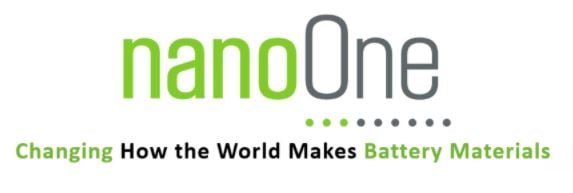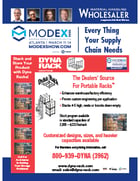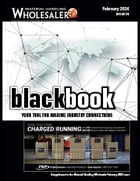
Nano One advances Joint Development work with Asian Cathode Producer
- Joint Development phases one and two were successfully completed.
- Project work is on schedule and on budget.
- LNMO cathode materials have met performance metrics and initial economic targets.
- The next steps include scale-up, detailed economic modeling, third-party evaluation, and planning for commercialization.
Nano One® Materials Corp. (“Nano One”) is a clean technology company with a patented low carbon intensity process for the production of low-cost, high-performance cathode materials used in lithium-ion batteries. Nano One today provides a progress update on a Joint Development Agreement (JDA) entered into with a multi-billion-dollar Asian cathode material producer that was previously announced on August 10, 2020.
The first two phases of the joint development program have been focused on LNMO cathode materials (lithium nickel manganese oxide) and have been successfully completed with validation by both parties. Work is now shifting to scale-up considerations, detailed economic analysis, third-party evaluation, and preliminary planning for commercialization.
The JDA provides a framework to develop a business plan for the commercialization of cathode materials, through a joint venture, licensing of Nano One’s technology, and or through further development work.

Dan Blondal
“The work under this agreement is on schedule and on budget, and the LNMO materials have met phase one and two metrics for performance and economics,” said Nano One CEO Mr. Dan Blondal. “This partnership is built on trust and a common vision to launch a differentiated and sustainable cathode materials business and we are pleased to be reporting measurable progress towards these goals and the continued execution of our business plans.”
The companies are co-developing high-performance LNMO cathode materials using Nano One’s patented One-Pot Process. LNMO, also known as high voltage spinel (HVS), is of increasing global interest and has great potential in next-generation lithium-ion batteries for electric vehicles, renewable energy storage, and consumer electronic devices. It delivers energy and power on par with other high-performance cathodes and is more cost-effective because it is cobalt-free, low in nickel, and does not require excess lithium. LNMO’s three-dimensional spinel structure enables lithium ions to flow more quickly than other types of cathode for fast charging and discharge and keeps it from expanding, contracting, and straining the battery. LNMO also has an operating voltage that is 25% higher than commercial high nickel cathodes, enabling fewer cells in applications such as power tools and electric vehicles while providing improved productivity, efficiency, thermal management, and power.









